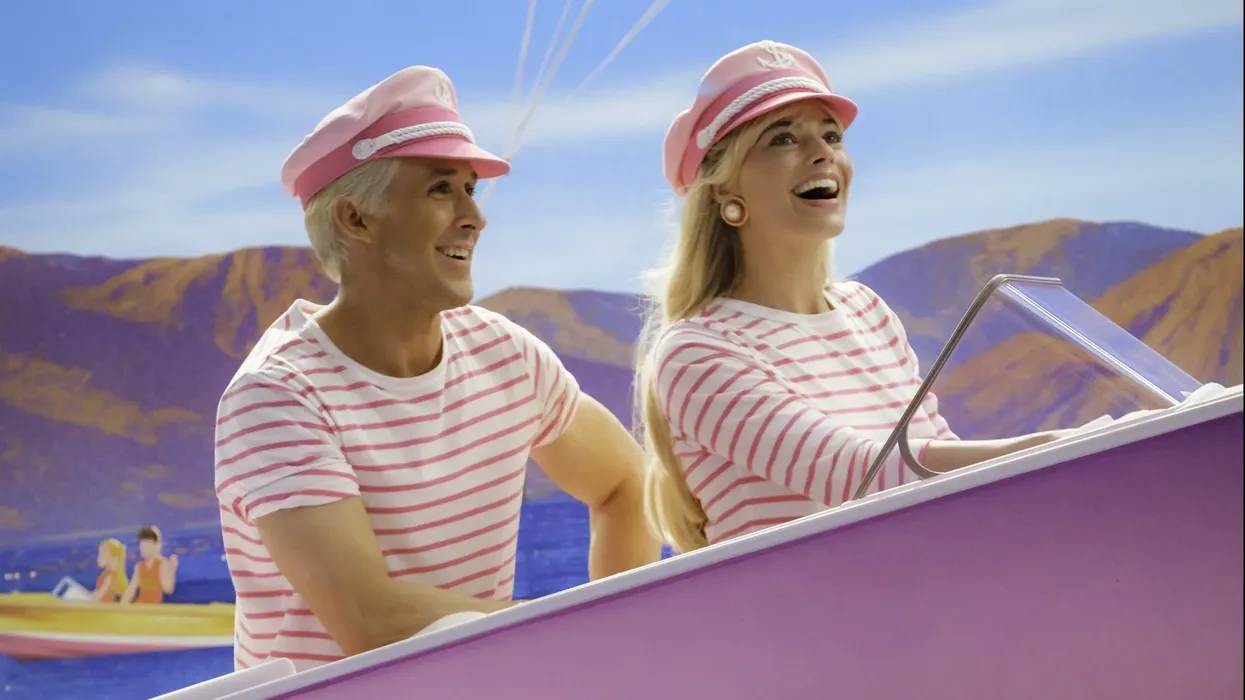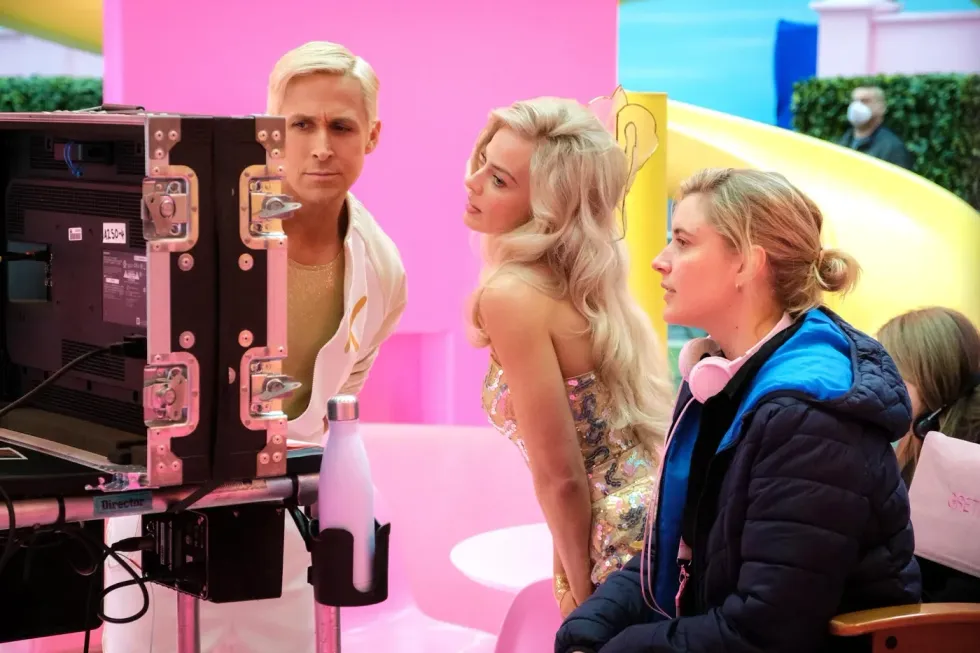How Greta Gerwig’s 'Barbie' Broke the Blockbuster Mold
Barbie is an original film that challenges what a blockbuster can be, so how did director Greta Gerwig "get away" with it?

'Barbie'
After a year and a half of anticipation, Barbie, written by the talented duo of Greta Gerwig(who also served as the film's director) and Noah Baumbach, has undeniably taken the world by storm. Garnering praise from its global press tour and earning rave reviews, Barbie swiftly acquired a reputation for being a truly extraordinary and innovative creation. Gerwig's vision defied convention, eschewing the tired retelling of familiar stories, and instead delivered something refreshingly new.
As a result, Barbie shattered box-office records, boasting a remarkable $162 million domestic debut, making it not only the highest-grossing film of the year but also the most successful film ever directed by a woman.
In an era where most blockbusters prioritize spectacle over substance, Barbie distinguished itself by captivating audiences with its compelling narrative. Despite being based on the iconic fashion doll's intellectual property, Gerwig and Baumbach weaved an idiosyncratic tale that defied expectations, delving into profound themes of sexism, self-determination, womanhood, and motherhood, all the while embracing a subtle and enchanting sense of humor. The film's ability to draw viewers in with its compelling story, while retaining the essence of a beautifully artificial world, is something that cannot be understanded and deserves to be celebrated. It is what makes this IP a massive hit while other IPs, like superhero movies, struggle to stand.
During an insightful interview with The New York Times following the film's premiere, Greta Gerwig offered invaluable insights into how filmmakers can pay homage to existing intellectual property while staying true to their own artistic vision.
How Did the 'Barbie' Preserve Gerwig's Vision
Credit: Jaap Buitendijk
Ryan Gosling, Margot Robbie, and Greta Gerwig on the set of 'Barbie'
When The New York Times writer Kyle Buchanan asked Gerwig about how she was able to create this blockbuster film that is challenging without the story getting "whittled down by studio notes," Gerwig replied that the story was always clear to her and she had collaborators who believed in her vision fully.
"I was originally meant to just write it with Noah, and then we finished the script and that was the thing that made me want to direct it. It felt so clear to me: If they didn’t want to make that [version], I didn’t need to make it," Gerwig said. "Margot [Robbie], as the producer and star, was really the first person to line up and say, 'I want to do it her way.' And then as we started adding collaborators and gathering more cast, suddenly there was a large number of people who were excited to do something that was this, excuse the pun, out of the box."
The roadblock that came later in pre-production was finding a place to start taking the vision apart to rebuild it in the real world. "Part of me thinks that because it was all so idiosyncratic and so wild, it was almost like no one really knew where to start taking it apart," Gerwig says. "Like, where are you going to start hacking away at how strange it was? Maybe because there was this sense of sheer joy behind it, it was this hard thing to say, “Oh no, we don’t want that thing that’s sheer joy.” People wanted it to exist, in all its weirdness.


Greta Gerwig and Ryan Gosling on the set of 'Barbie'
Credit: Jaap Buitendijk
The story starts off with the stereotypical Barbie (Margot Robbie) breaking the world of the film by asking the other Barbies, Kens, and Alan if they ever think about dying. From this moment, there is no going back to "normal," which throws the entire tone of the film off. However, this works for the story.
"[Robbie's] character tires to just keep the movie going normally again, but there's no way to do it," says Gerwig. "But yeah, I don't know that anyone totally knew what the tone of this was going to be until it was all done. I mean, within the group of people who were deeply making it, we knew, but it was truly an act of faith for everyone else."
"The way it played was something I could always kind of hear in my head and see in my mind's eye but outside that group that was there, it was a little bit of white-knuckling," Gerwig said about specific lines or jokes that were scattered throughout the film. But persevering in these moments that made the film resonate with diverse audiences across the world is what makes Barbie stands out something special.
Grewig explained her experience keeping these moments in the film and watching them play out in theaters across New York City, saying, "There were several jokes where I was like, 'This might be for three or seven people, but I will keep it in for them!' Here’s something else that will stick with me: When I was checking in on different screenings this weekend, there was another joke like that: 'Remember Proust Barbie? That did not sell very well.' And there were, like, two people in this screening who died at that joke. I was like, 'Yes! It was for you, and you got it. I’m so glad that I was here to see that work in the wild.'"
Audiences want to exist in a world that is both for them and not for them. The films that tend to become blockbuster phenomena that become cornerstones for how Hollywood executives want to do movies are the ones that are inviting audiences in to explore something that they may or may not understand. These films are never trying to cater to everyone but are instead asking the audience to trust the film and the challenges that it presents.
We covered what filmmakers and executives can learn from the success of Barbie, but it is important for filmmakers like you, who may not have the name and notoriety of Gerwig and Baumbach, to continue to tell the stories that are important to you and that you fully realize. If you don't believe that you've told the entire story in the film's runtime, then you probably didn't. Try to complete and fully story that you know, see, and believe in. Success isn't built on half-baked ideas.
Barbie stands as a testament to the power of creativity and ingenuity, proving that even within the confines of established franchises, there exists ample room for storytellers to shape something truly extraordinary and meaningful.
Source: The New York Times













